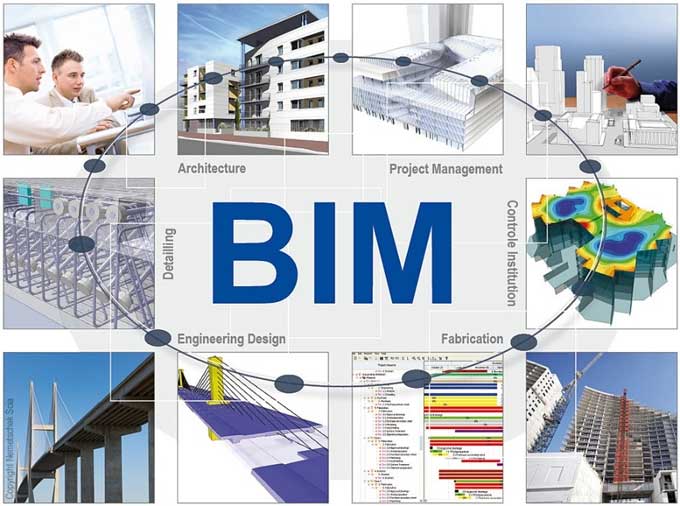Do BIM and Internet of Things together have the potential to change the Construction Industry?
Tweet
The BIM model is only as good as the information it receives during construction. It is now widely accepted that Building Information Models can be used to represent the information contained in drawings and plans. There is something missing in the post construction and operational phases. The post construction model represents the as built form of the building, not the structure as a living element. The model will be inaccurate or late if the data is late or inaccurate.
Define BIM: It is well known that BIM involves combining information to create a digital representation of a construction project. The whole course of events requires the integration of information from several sources and the evolution of the real project in parallel with. This process would include a design, construction, and development evolution.
Throughout the lifecycle of a project, BIM adds value by providing coordinated and validated data that everyone can access and share. In short, BIM lowers costs, increases productivity and profitability, saves time, and improves operational management, all of which are widely accepted.
Define Internet of Things (IoT): In the era of information technology, the Internet of things (IoT) is a growing revolution, involving things with clear component identification, embedded processing and sensors, as well as connectivity to the network. The Internet of Things aims to establish communication between all these devices. With Internet of Things, the far reaches of any ecosystem will be able to gather data, share it with a platform that will process it and deduce intelligent insights, and take appropriate action based on those insights.
The Possibilities with BIM integration with Internet of Things
Ubiquitous Monitoring
It is possible to consider building elements as things that provide information about their own state. Even during an emergency situation, building elements can be monitored continuously through ubiquitous monitoring. The implications of this can be wide ranging, including for safety and project communication.
Client Independent Architecture
Project sites become more dependent on software applications as construction becomes more tech focused. Using that ecosystem, any application can display, visualize, and analyze data derived from BIM models. Adding IoT to this information will enhance it immeasurably.
Information collected from IoT nodes, such as temperature, humidity, building state, fire and flood dangers, air conditioning systems and elevators and escalators, can be made available to anyone who wishes to see it, regardless of their operating system or software. Real time structured data can be acquired and presented using this technology.
BIM more Effective
Collaboration is one of the most important benefits of BIM. Collaboration with project team is hindered by some obstacles, such as closed data. It is difficult to streamline BIM processes when data that should be shared is restricted. BIM processes could be made more efficient by integrating IoT by providing a steady stream of reliable data.
Resource Management
Resource planning and tracking are greatly facilitated by BIM. The use of BIM models simplifies the process of estimating materials. As a result of combining that estimate with IoT, the BIM models can also receive feedback about resource usage in real time. Using this information, the models will be fine tuned and will be able to predict material requirements more accurately. Besides controlling material loss and wastage, this will also provide a much more accurate record of material usage on the site.
Facility Management
BIM can be integrated with IoT nodes to provide information about the state of the structures. Continuous or on-demand provision of this information is possible.
To get online demonstration, watch the following video tutorial.
Video Source: REINFORCE - Civil Engineers Training Institute
Data can be provided by the structure elements when integrated with the internet of things. There are many benefits to Facilities Management. By making maintenance activities proactive or preemptive, maintenance activities can be made more efficient. Buildings can become intelligent or automated by implementing this concept.

Gallery
Feel free to contact us for BIM requirements. One of our representative will respond you within 24 Hours. Send us your projects requirement today and grow your project.
Explore More !







